Summary
Frank Zappa & The Mothers Of Invention – Whisky A Go Go 1968
Frank Zappa and his Mothers would never be hotter than they were the week in 1968 when this gig was recorded. GARY STEEL takes a listen.
Buy it from Mighty Ape.
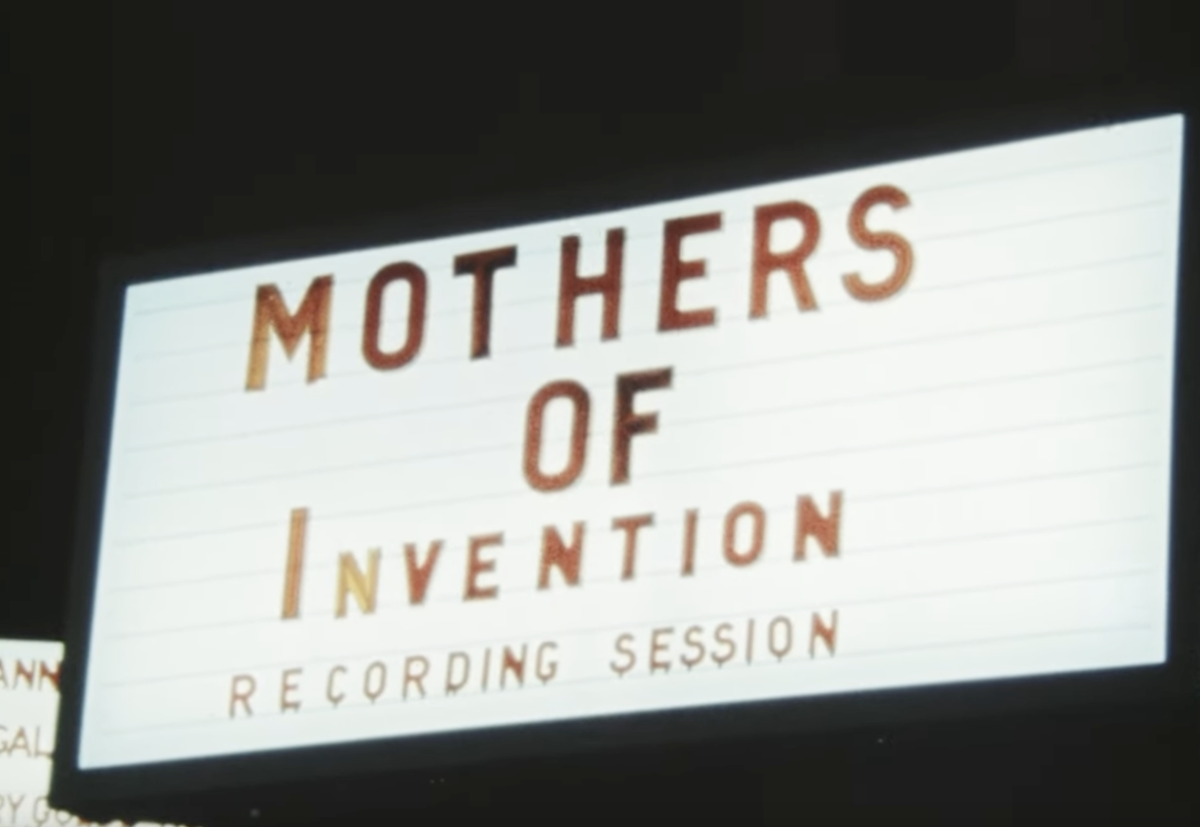
After what turned out to be his final, truncated tour in 1988, Frank Zappa got down to some serious career-spanning selecting, editing and compiling of material from his legendary vault, which contained a huge archive of otherwise unreleased recordings, both live and studio. The early ‘90s were the height of the compact disc boom, and the generous running time of the format enabled a number of sprawling projects, including the six-volume (over 12 CDs) set of concert recordings, You Can’t Do That Onstage Anymore. That project displayed Zappa’s creative editing skills as it micro-spliced performances from the ‘60s, ‘70s and ‘80s together, occasionally achieving mindboggling results by achieving multi-generational performances of a single song.
But at the time, Zappa fended criticism from fans of his original group, The Mothers Of Invention, for including comparatively few of their performances. He responded by contending that musically, that permutation of his group just wasn’t up to scratch. It seemed to pain him that the 1960s lineup weren’t capable of achieving the accuracy his compositions required. On studio recordings, he could fix things with canny editing and overdubbing, but concert performances were another matter.
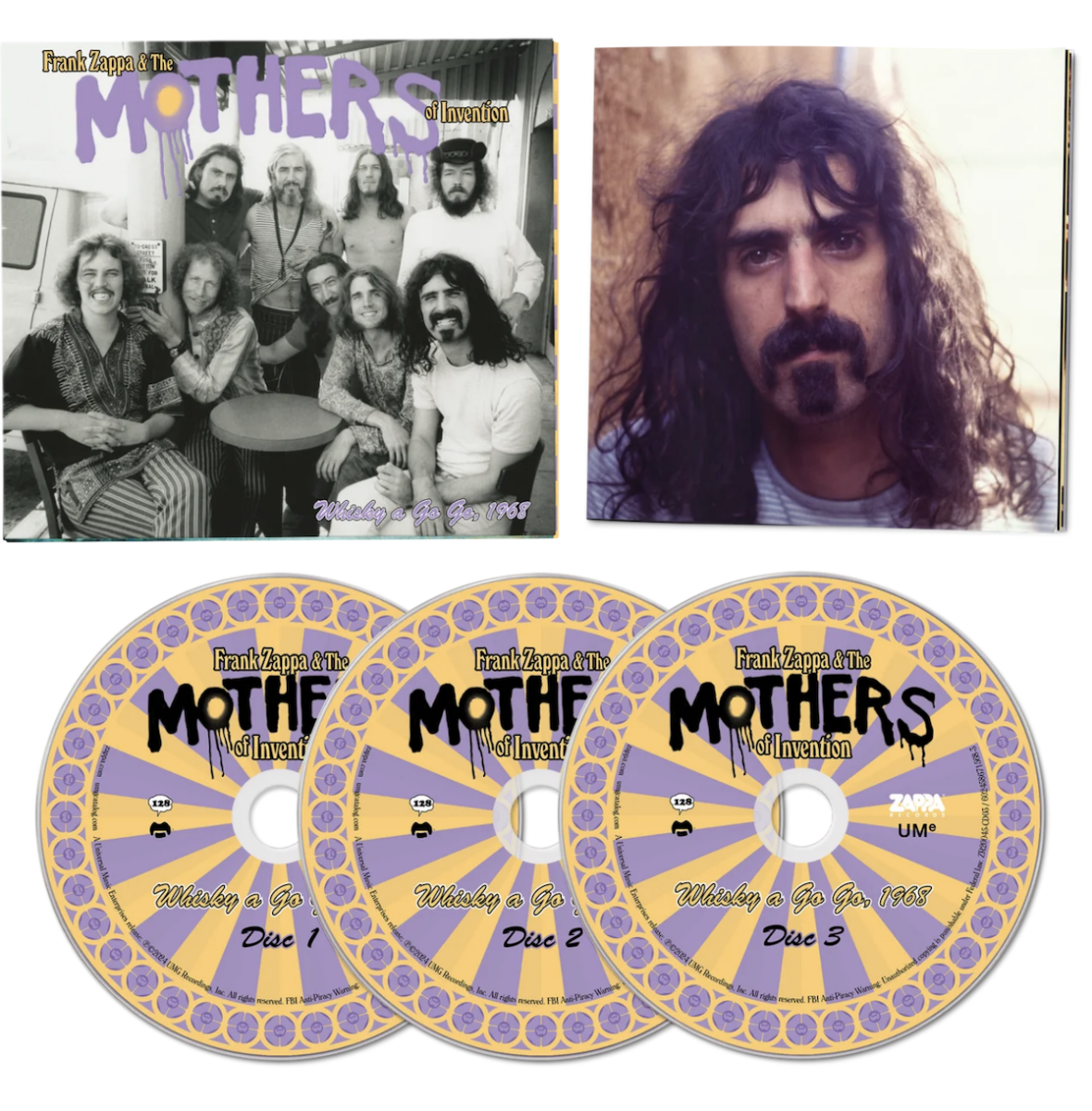
Fans were outraged. Many felt that the original Mothers made up for any flaws in their performative abilities with sheer character, and that Zappa in the late ‘60s somehow had more integrity, because his sometimes-scathing lyrics were often about issues pertaining to the times. While the 1970s lineups were popular with fans, many felt that its emphasis on a kind of smutty sexuality redolent of the era lowered the tone. (Note: My take is that Zappa’s lyrical obsessions mirrored the times, and that superficially risque lyrics often hid searing social commentary).
Before his premature death at 52 in late 1993, Zappa did bend somewhat to fan desires by issuing a CD featuring 1960s iterations of The Mothers, the excellent Ahead Of Their Time, which captured a stunning performance from 1968. Subsequent to Zappa’s demise his widow, Gail, eventually embarked on a campaign that saw the issuing forth of releases from the vault, and since her death in 2015, Frank and Gail’s son Ahmet has really ramped up (via a deal with Universal) the release schedule.
Ahmet’s big thing seems to be multiple studio takes (rehearsals and different versions) of released tunes and unexpurgated live performances. This is problematic for the new or casual fan looking to wrap their head around Zappa’s oeuvre. With so many box sets coming out every year, how to choose what’s really essential? Of course, it’s wonderful for wizened fans who jump at any chance to hear a snippet of Zappa that will increase their understanding of his processes or provide yet more context to his incredible eclectic musical universe.
But I’ve said it before and I’ll write it again: Zappa cherry-picked live performances and used the best ones, or those he found especially amusing or interesting for one reason or another. He didn’t release the performances under our microscope today for obvious reasons, except to excerpt bits of them for insertion in other projects.
Until now, the emphasis of the archival releases has been firmly on the 1970s, and so the 3-CD/5-LP set that comprises Whisky A Go Go 1968 is very, very exciting for those of us who have followed FZ’s career closely. Recorded in June of that year, the recording was clearly never meant to showcase a gig as such, but to get the best possible recordings/performances of songs to use in whatever way Frank wanted later on. Several tunes here were later mined (and overdubbed) for albums like Burnt Weeny Sandwich that were released shortly after the MOI broke up, but otherwise, it’s completely new to even the most ardent Zappa fans. We do get an early version of ‘Little House I Used To Live In’ that sounds a lot like the one on Burnt Weeny Sandwich and the mocking ‘God Bless America’ turned up on the essential 1969 album Uncle Meat, which I presume he must have been working on around the time this concert was recorded.
Frank Zappa and his Mothers were especially hot at the time, not so much with the general public but with the musicians comprising the post-Beatles British invasion. He was already a hero and a true musician’s musician to the new rock underground, many of whom – like Eric Clapton and members of the Rolling Stones – made a pilgrimage to the decaying log cabin he rented in the Hollywood hills. (We shouldn’t forget that Zappa’s debut – Freak Out! – was hugely important to Paul McCartney and inspirational in the direction they took in the late ‘60s).
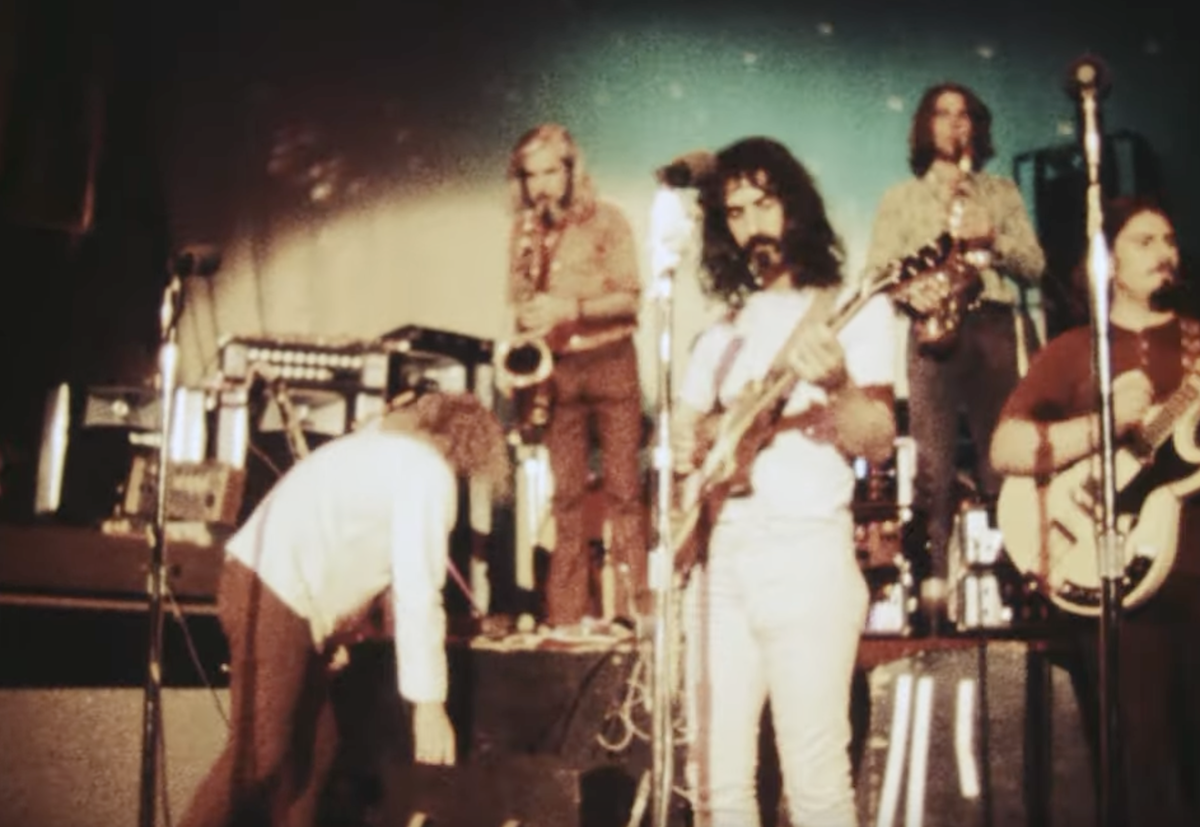
Eric Clapton appeared on We’re Only In It For The Money, the Zappa album that was current at the time of the Whisky A Go Go performance, but not as a guitar mangler. Instead, he uttered “God oh God it’s God!” during one of the more abstract passages, undoubtedly lampooning the perception at the time that Clapton was a guitar god. Meanwhile, the cover satirized Sergeant Pepper’s Lonely Hearts Club Band; a tactic that backfired on Zappa over the threat of legal action, and resulted in the album being delayed for months, and in the end, the “cover” featured only on the inner part of the foldout.
We’re Only In It For The Money was an elaborate and brilliant critique on hippy culture with literally hundreds of clever edits and rampant tape manipulation, and it doesn’t sound anything like the sweaty (and probably smelly) bunch of longhairs who appeared onstage at the Whisky A Go Go nearly a year after it was recorded. As such, it’s no surprise to find that none of its songs feature here, while there are several tracks from the first two much more rough’n’ready Mothers albums, along with quite a few pieces that would crop up in very different forms on later projects. (Like many great composers, Frank was always writing and rewriting and creating different permutations of songs. Often, in his catalogue, a composition will turn up as an instrumental and later get reconditioned in a stylistic revamp with added vocals).
Because of its providence, it’s tempting to see Whisky A Go Go as representative of Mothers’ performances at the time, but it wasn’t an attempt to capture the excitement of a full gig, as such, as to get decent performances recorded of individual songs and improvisations. And because of that, it’s best approached over its three-hour playing time as a way to get a handle on the incredible range of Zappa’s work.
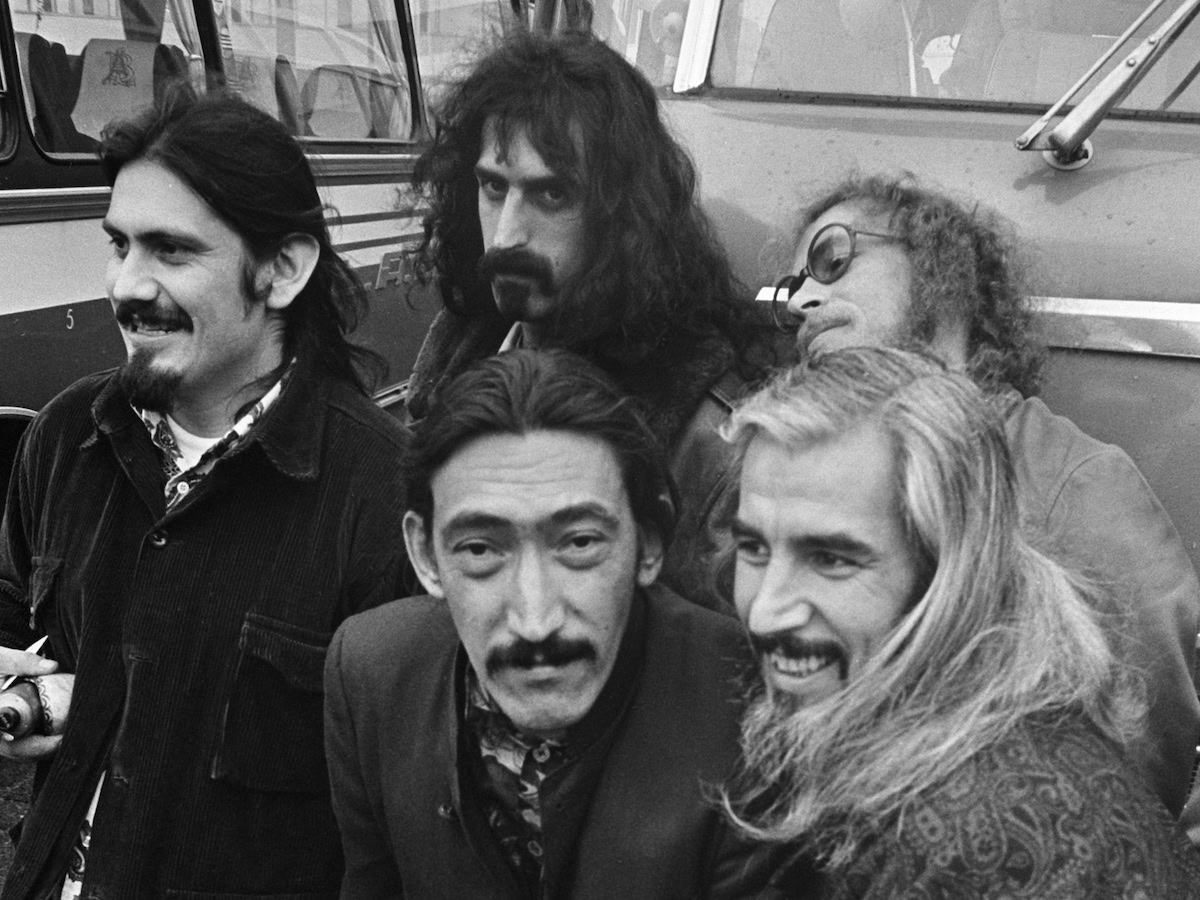
That eclecticism might leave some listeners reeling. What he was doing back in 1968 was unprecedented, and to a certain extent must be appreciated in the context of its time. While New York groups like The Velvet Underground were too cool for their shirts and really only had one chord to play with, and the San Francisco hippy set were too stoned to play a groove right, Zappa had created a new subset of freakdom that appealed to geeks, drop-outs, uglies and generally people who just didn’t fit in. His attitude was, ‘Why play just one kind of music when you can mix it up with anything that appeals or entertains?’
Hence, the material on Whisky A Go Go spans the creepy weirdness of ‘Help I’m A Rock’, long-form improvisations (FZ conductions), some greasy doo-wop inspired pop (he was shortly to release the doo-wop-themed Cruising With Ruben & The Jets album) like ‘Valerie and ‘Memories Of El Monte’, the brutal satire and proto-prog of ‘Brown Shoes Don’t Make It’, a modern classical homage in Edgard Varese’s ‘Octandre’, and the ahead-of-its-time jazz-rock fusion of the epic ‘King Kong’.
Although some of the (very) long, 10-minute-plus improvisations or ‘instant compositions’ do drag a little, the payoff is that occasionally these pieces flare up into real monsters and fire on all cylinders. The excitement is palpable.
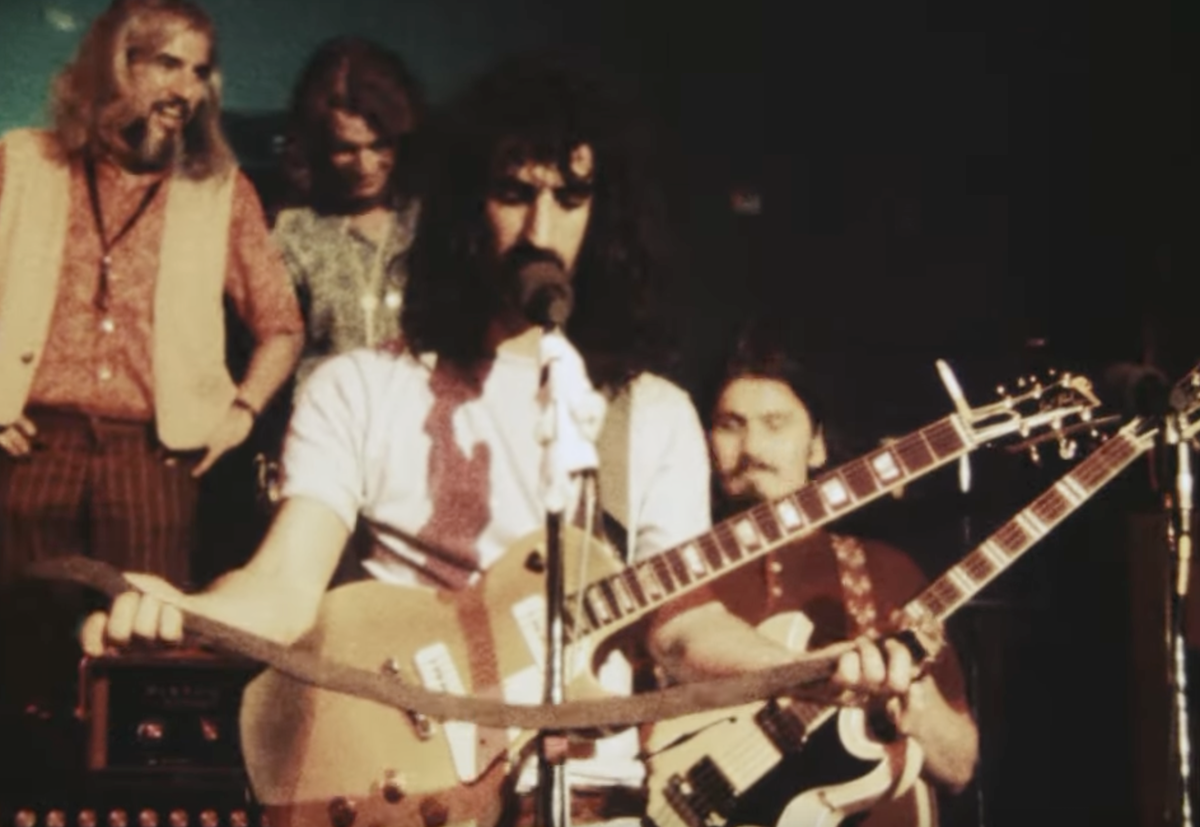
It’s not all great, which lends credence to Zappa’s decision not to release these tapes in his lifetime. It’s a warts-and-all performance with some meandering improvisations and some fluffing around that must have been entertaining on the night but doesn’t quite translate to the audio-only medium. (Pity there’s only a doctored 14-minute video to give us a visual impression of the gig).
For all its performative flaws (compared to his later ensembles) and its meandering moments and those parts where the theatricality of the presentation doesn’t quite translate to the audio format (don’t forget, the group had spent much of the previous year ensconced at New York’s Garrick Theatre performing a kind of constantly mutating musical freak theatre) there’s still plenty of stand-out moments that make it a worthwhile listen/investment for anyone looking to understand Zappa in the ’60s and get a real flavour of that version of The Mothers, which had taken on a few very talented players: Ian Underwood (who was to prove indispensable in the creation of the jazz-rock masterpiece Hot Rats the following year), Bunk Gardner (an excellent jazz saxist) and Don Preston (a keyboard player versed in modern classical composition).
It’s worth noting that on the night, the three Zappa/Mothers performances (comprising one CD each) were broken up by short gigs by a few other bands who were signed to make albums for the label Straight/Bizarre that he owned with his then-manager, Herb Cohen, notably groupie band The GTOs, bonkers street performer Wild Man Fisher and the Alice Cooper group in its infancy. Unfortunately, we don’t get to hear their performances (maybe one day?) but we do get a wonderful interview with Alice in the liner notes, where he reminisces about the time that year when Zappa introduced Jimi Hendrix to the wah-wah peddle (history shortly to be made!) He also tells about the time Jimi Hendrix, Eric Clapton and Mike Bloomfield were jamming together on a stage and Frank joined them, only to take solos that expertly mimicked their styles and left the guitar heroes gobsmacked. The story sounds far-fetched to me, but who knows? (There’s also a lovely essay by Miss Pamela, a former GTO).
I would entreat the Zappa novice to start elsewhere (see my most recommended list at the end of my article here). But if you’re like me and you’ve somehow accumulated even the less interesting posthumous releases (a small eternity with Flo & Eddie, anyone?) then Whisky A Go Go will be an essential purchase/listen, and worth poring over for every contextual detail. And importantly, it doesn’t sound like some half-cocked bootleg. This isn’t for audiophiles, but the sound is surprisingly good.
What’s really cool about this whole package is that it proves a point: that there was a time in rock’s rich history before it stratified, where anything was possible (even within one performance).
+ Frank Zappa & The Mothers Of Invention – Whisky A Go Go was reviewed on CD and on a 96kHz 24bit FLAC file via Qobuz.
Buy it from Mighty Ape.










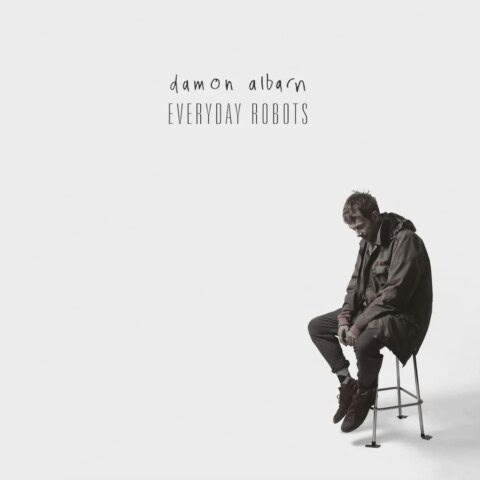
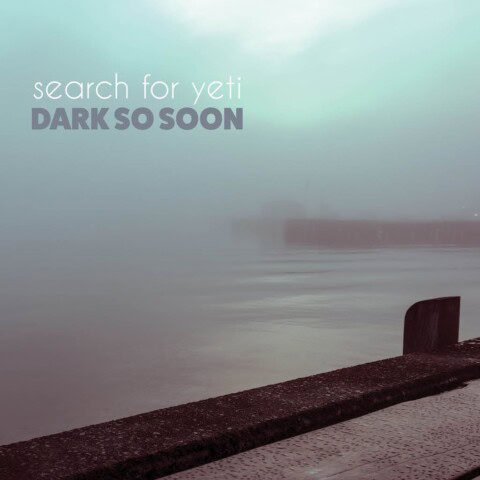
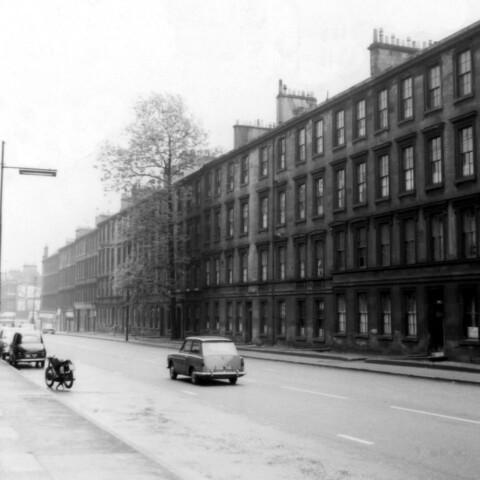
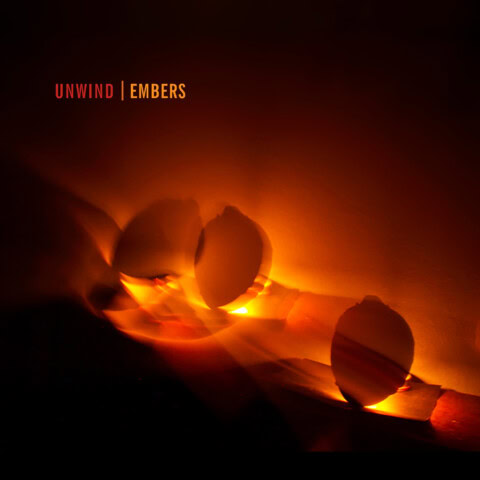
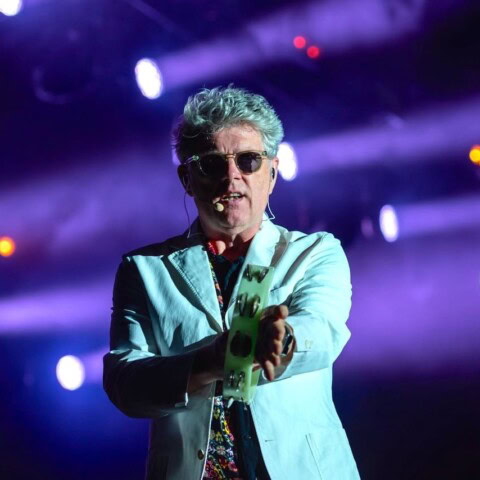

Good review Gary, the live versions of Help I’m A Rock & Brown Shoes are great.